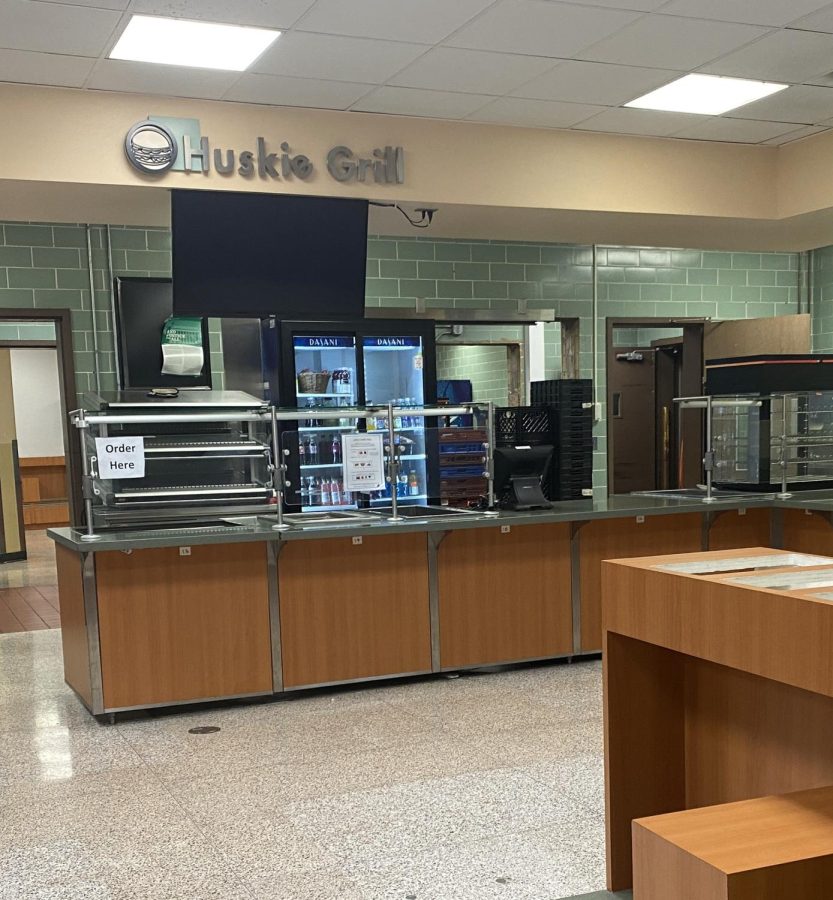Free lunches now off the table
Some students at Oak Park and River Forest high school reported difficulty paying for lunch now that the federal government’s free lunch program has ended, but options are available for students unable to pay.
During the pandemic, the U.S. Department of Agriculture provided waivers to schools that secured free meals for students regardless of family income. Since this program came to an end in July 2022, lunch is no longer free for everyone.
“Ever since the school started paid lunch, I have not been able to get lunch at all,” said senior Will Quinlan. “I miss getting the school lunch. It was stress free, and I never had to worry about packing food. There will be some days where I have not eaten any food for lunch…[just] like a bag of chips.”
Of 60 students who responded to a week-long survey conducted during September, 42 percent reported difficulty buying the school lunch for financial reasons. The survey showed 94 percent of the students had eaten the free lunch when it was available.
According to Micheline Piekarski, the food service coordinator at OPRF, free meals are still available through the Illinois Free Lunch and Breakfast Program, which requires public schools to provide free meals to qualifying students under state law. Students must demonstrate financial need to participate.
Students interested in participating in the program can fill out an application in the food service office in the North Cafeteria, according to Piekarski.
Students can also get free meals by working in the cafeteria during the first 10 minutes of their lunch period, she said.
In Oak Park and in River Forest, family incomes are incredibly diverse. Roughly 16 percent of students at OPRF are eligible for free or reduced lunch, according to the Illinois Report Card, the state’s official source for information about schools.
At OPRF, Piekarski said “a la carte items are $3.50. Combo meals are $4.00—we are encouraging the students to take the combo meal. A combo meal does not have chips—it is entrée, fruit, vegetable, milk.” If a student purchased a combo meal every day of the school week, five days, that comes to $20. Over the course of a month, the total amount of food comes out to roughly $80. Nine months in a school year: approximately $720.
Piekarski said she has not noticed a significant decrease in students buying school lunch this year. However, now that breakfast is no longer free for all, fewer students are eating breakfast at school. “That’s where we got a bunch of more kids, I would say than we do this year,” she said. “Breakfast was the biggest change.”
Piekarski added, “With food service and with my background, the main goal we wanted is that every child gets a meal, period, from breakfast and for lunch. It’s known, if you eat you’re going to do better in school.”
When students are at the risk of not receiving proper nutrition, it can lead to troubles learning. The Centers for Disease Control and Prevention states, “Hunger due to insufficient food intake is associated with lower grades, higher rates of absenteeism, repeating a grade, and the inability to focus among students.”
Additional studies prove that eating breakfast and lunch has a positive impact on academic performance. An extension of the USDA called “Healthy Food Choices in School” conducted a study with the Food Research and Action Center about food and academic deterioration.
In this study, they found “children who do not eat breakfast at home or at school were less able to learn. Hunger can lead to lower math scores, attention problems, and behavior, emotional, and academic problems.”







DH • Nov 5, 2022 at 12:21 pm
Everyone has money to buy what they really want.